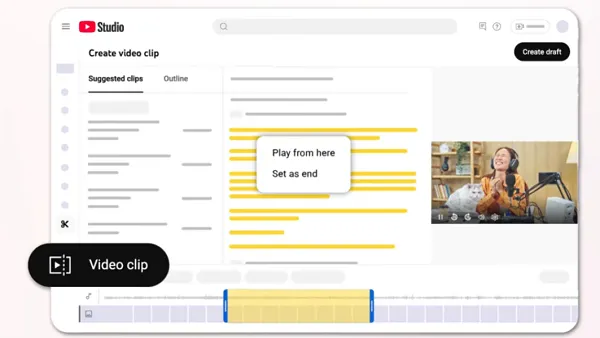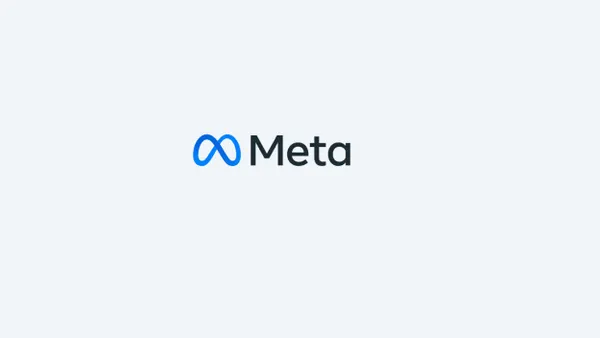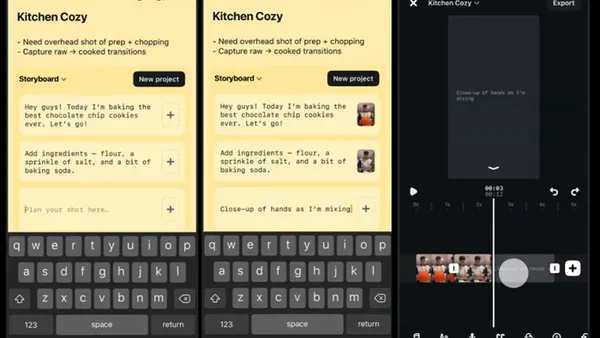Earlier this summer, I wrote a blog post on how listening for levels and types of engagement on your mainstream social media channels, from Facebook to Twitter, can help you determine whether there's enough social traction to make building your own community worthwhile.
If you've listened and the answer is yes, then it's time to take your social listening strategy to the next level. Because once you determine that your existing community is engaged enough that they'll contribute to an online space devoted to your brand, your listening job is not over. In fact, the crucial part has just begun.

Social listening not only helps you gauge the level of engagement among your social consumers, but it also helps determine the direction of that engagement. For instance:
- When you create Facebook contests, do you get a huge response, while Questions only get a tepid response? Perhaps that indicates that your users are promotion-driven.
- If you have multiple service offerings or product lines, does interest skew towards one particular one or another? These can be real indicators of the types of content and engagement that your social audience wants.
Take for example an online retailer that finds that, every time they post something on their Facebook fan page about their garden supplies line, they have 75 comments and over 1,000 likes, while people respond with only 24 comments and 300 likes to most postings on, say, office supplies. This can be an indicator that their customers want to engage around garden products much more than around office products. Taking that a step further to refine the types of engagement, say that:
- Every time they post a contest to win garden supplies, weekly actives skyrocket 207%.
- Offers to save increase actives by 300%
- On the other hand, if they simply post a Question on gardening plans, actives only increase by 40%.
It looks like engaging around gardening, with an emphasis on contests and offers, is the strategy that makes sense for this retailer. This information can be invaluable when planning an online community, because it gives us an idea of what consumers are looking for from this brand when they connect with them on social media. It can help determine:
- Content strategy
- Site structure
- Integration of specific applications
Building a site around an offer-driven community is very different from building one around a support-driven one. Knowing what your community wants lets you build a site structured to meet their needs, rather than a cookie-cutter solution.
Does this mean our retailer should only build a community for their gardening customers? Of course not! One of the joys of building a community from scratch is that it allows for different types of interactions to emerge than the ones you can have on other social media channels. But it does provide guidance on what is working now, helping to build a community that meets consumer needs from the beginning.










